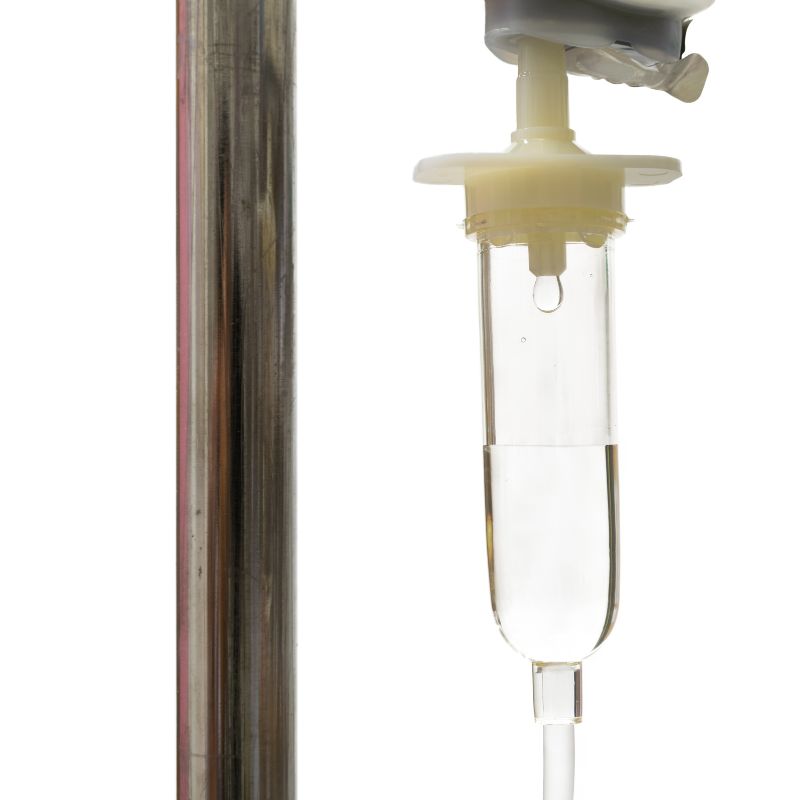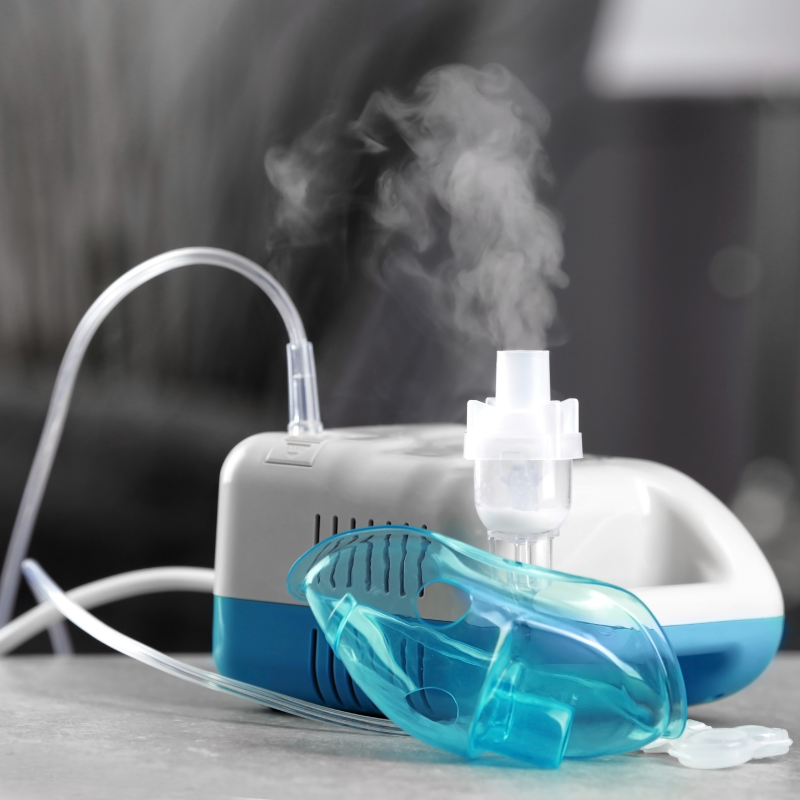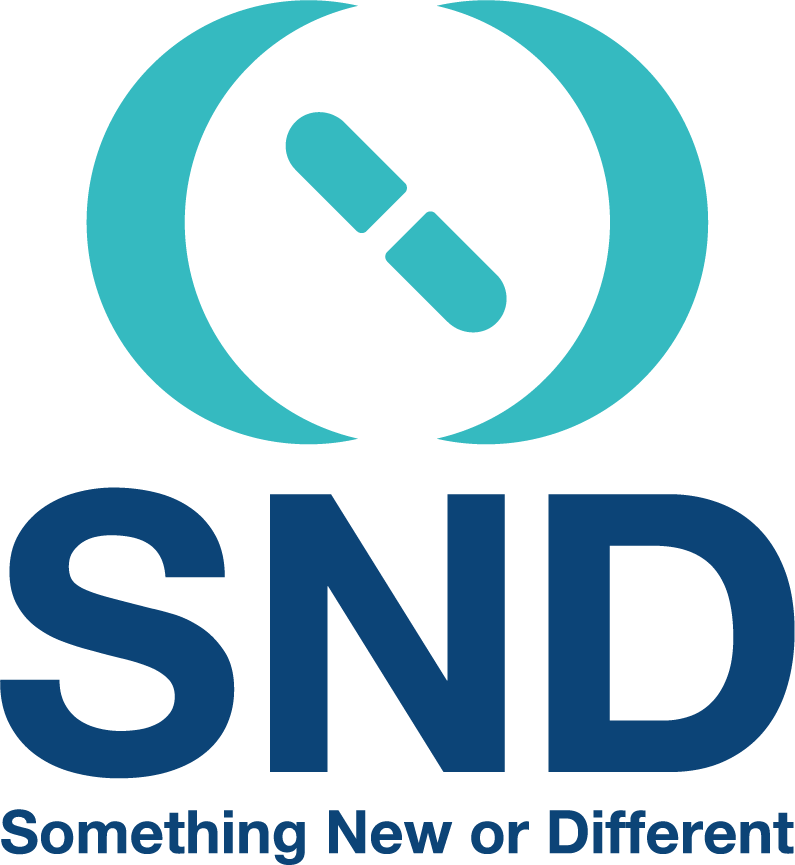Humans have a gene called the sirtuin gene (longevity gene) that is deeply involved in aging and lifespan. Normally, this gene remains dormant and does not function. However, NAD activates this gene, leading to improved metabolism, physical strength, and fatigue resistance, resulting in rejuvenation.
NAD depletion and aging
The NAD levels in the body decrease with aging (despite efforts such as diet and exercise, it still declines), and by the age of 60, it decreases to about half of what it was at the age of 30.
Genomic Stability: DNA damage response, which repairs DNA damage, decreases.
Gene Expression: DNA methylation interferes with normal gene expression.
Immunity and Inflammation: Excessive production of inflammatory markers such as tumor necrosis factor-alpha (TNF-α) and IL- leads to inflammation.
Energy Metabolism: Impaired energy generation and utilization lead to overall metabolic decline.
Circadian Rhythm: Disruption of circadian rhythm affects daytime sleepiness, shallow sleep, and mood disturbances.
Cardiovascular Function: Increased risk of heart diseases such as cardiac hypertrophy and fibrosis.
Renal Function: Accelerated decline in renal function in older individuals.
Liver Function: Increased susceptibility to non-alcoholic fatty liver disease.
Neuronal Function: Decreased protective effect on brain neurons and increased risk of Alzheimer's disease.


Ways to efficiently increase NAD
Efficiently increasing the amount of NAD can be achieved by directly incorporating NMN (Nicotinamide Mononucleotide) or NR (Nicotinamide Riboside), which are precursors of NAD, into the body. These can be taken as supplements or administered intravenously, with many individuals reporting a noticeable effect from intravenous administration.
Initially, direct administration of NAD was considered as a treatment for NAD deficiency. However, due to its large molecular weight, NAD cannot be readily taken up by cells. Therefore, the administration of NMN, a precursor of NAD, was explored. However, it should be noted that NMN also has a large molecular weight and cannot be directly taken up by cells. When NMN is administered, it is converted to NR in the body, which is then taken up by cells. Once inside the cells, NR is converted back to NMN and further converted to NAD. Therefore, the most efficient approach is believed to be the direct administration of NR, which has a smaller molecular weight and can be readily taken up by cells. Additionally, our clinic has been using blood ozone therapy, which contributes to the increase of NAD within the mitochondria. Ozone therapy acts as a recycling mechanism for NAD, preventing its depletion.

Diseases with expected benefits
NMN improves mitochondrial function in various organs of the body, leading to increased energy levels. Simultaneously, through the activation of 7 types of sirtuin genes, it is expected to improve cellular metabolism and cellular function at the cellular level in almost all metabolic organs such as skeletal muscles, liver, heart, and eyes. It is believed to have effects on improving and preventing numerous diseases as well as delaying aging.
・Aging Diabetes
・Cardiovascular disease
・Dementia
・Eye function
・Obesity and its complications
・Ischemia-reperfusion injury
Specific Effects of NMN/NR
- Fatigue has significantly decreased.
- Feeling clear-headed and increased ability to concentrate.
- Becoming more proactive and experiencing an increase in motivation.
- No longer experiencing coldness in hands and feet.
- Improved sleep quality and ability to achieve deep sleep.
- Able to jog without getting out of breath as easily as before.
- Improved complexion and skin radiance, and reduction in wrinkles.
- Relief from chronic shoulder and lower back pain.


NMN/NR Intravenous Infusion and Inhalation Therapy
- NMN formulation: 150mg, made in Japan. Stable freeze-dried formulation with reliable potency.
- For those who prefer high-dose NMN infusion, the initial dose will be 150mg.
- Duration: 20 to 30 minutes.
- Frequency of infusion and inhalation: 1 to 4 times per month (2 times per month recommended).
Administration via intravenous drip.

Choose from 150mg, 300mg, or 450mg
Administration via inhalation.

Choose from 150mg or 300mg.
Prices
| 150mg | ¥80,000 (¥88,000 including tax) |
| 300mg | ¥150,000 (¥165,000 including tax) |
| 450mg | ¥200,000 (¥220,000 including tax) |
